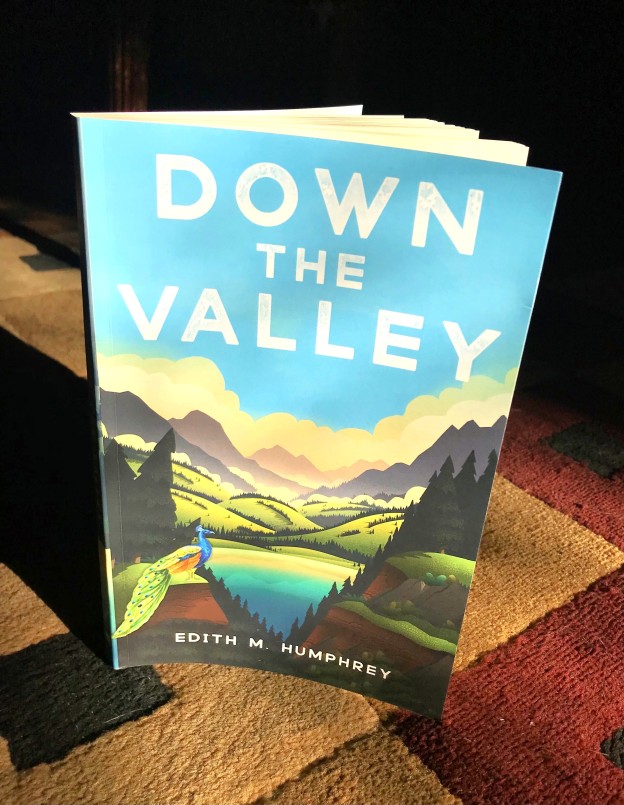The Orthodox Children’s Press offers picture books that are simultaneously instructional and heartwarming. Presvytera Angela Alatzakis has written and illustrated each of these books, and the reader can hear her heart for children in the gentle and loving way that she teaches through each one. Whether she is defining “our Church,” reminding each child how they became a beloved member of that Church, or offering suggestions for how each of us can be the best kind of Orthodox Christian by making our cross and praying, Prevytera Angela writes and draws with compassion.
Our Church tells how a parish comes to be, and how the people in the parish are the community that makes it beautiful. She introduces individuals who are part of the parish in the book, showing how they contribute to that community and add to its beauty. Through the voice of the young narrator, Presvytera Angela encourages the reader (regardless of age) to see how they are contributing to their own community, and to look for even more ways to do so. Our Church helps its readers to better appreciate their own parish, welcome others into it, and find ways to contribute to the life of their community.
The Story of You is the lovingly-told tale of how a young child is anticipated, welcomed into the world, brought to the Church on the 40th day, then baptized and chrismated into the Holy Orthodox Church. Presvytera Angela has written this book with parents as the narrators, speaking directly to their own child. Her gentle illustrations bring the story to life. Each child who hears (or reads) this story will know that they were loved and prayed for before they were even born, and that they are still loved and prayed for, every step of the way. They will better understand their early journey with God, and they will be reassured that He is with them always as they travel through life.
Every Time I Do My Cross visually walks beside a young boy as he goes through his day. He tells his own story, mentioning how every time he does his cross, it’s for something different. Sometimes he is being thankful. Sometimes he is asking God for help. Sometimes he’s wanting God to protect him, or keep him from being afraid. Sometimes he’s making the cross with others at home or at church. Other times he’s making it alone, on the soccer field, to remind himself to be the best Orthodox Christian that he can (even if his team doesn’t win). There is so much theology packed into this little book, and Presvytera Angela has written and illustrated it in such a way that young children can easily understand, and be encouraged to make their cross and pray when they come into similar situations.
Our Church, The Story of You, and Every Time I Do My Cross will be beneficial to each family that reads them together. It’s very likely that parents will be encouraged by these books, alongside their children. Sunday school teachers will find these three books helpful for certain lessons. If your parish has a library or a collection of books in the narthex for children to take into church with them, these three should be in those collections. The books are educational, but written so gently that the reader doesn’t feel that they are learning, and the illustrations are simple but engaging. All three of these books can be very helpful to have in hand.
Find copies of these three picture books at the following sites based on your needs: orders of multiple copies (5+, may be a combination of titles from The Orthodox Children’s Press) can be placed at https://www.orthodoxchildrenspress.com; orders of 1-4 copies should be placed through Amazon.com at https://www.amazon.com/s?i=stripbooks&rh=p_27%3AAngela+Alatzakis&s=relevancerank&text=Angela+Alatzakis&ref=dp_byline_sr_book_1
The Antiochian Orthodox Christian Education Ministry thanks The Orthodox Children’s Press for providing a copy of this book for us to review and share.
Reviewed by Kristina Wenger, educator, podcaster, co-author of Tending the Garden of Our Hearts.









